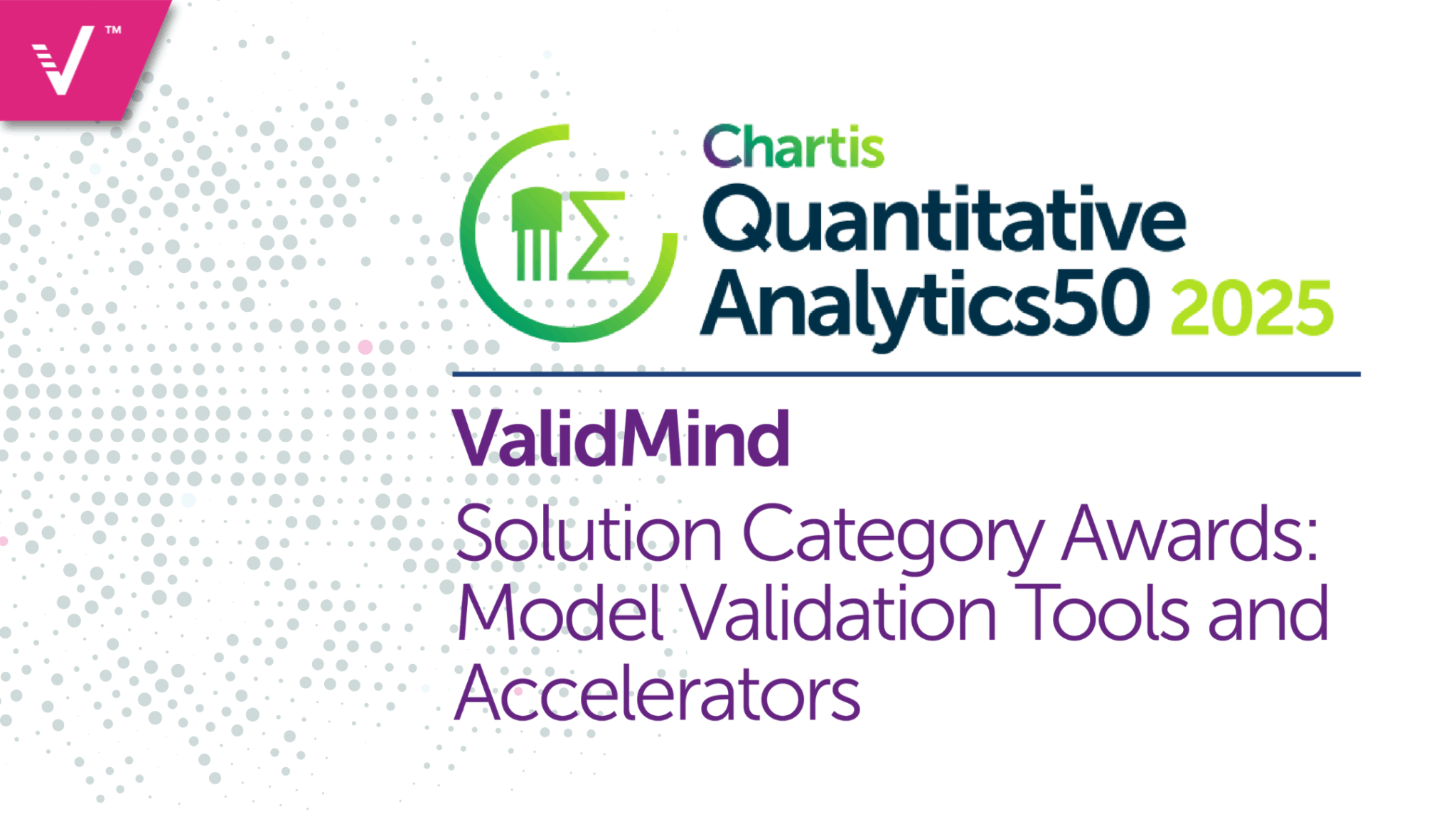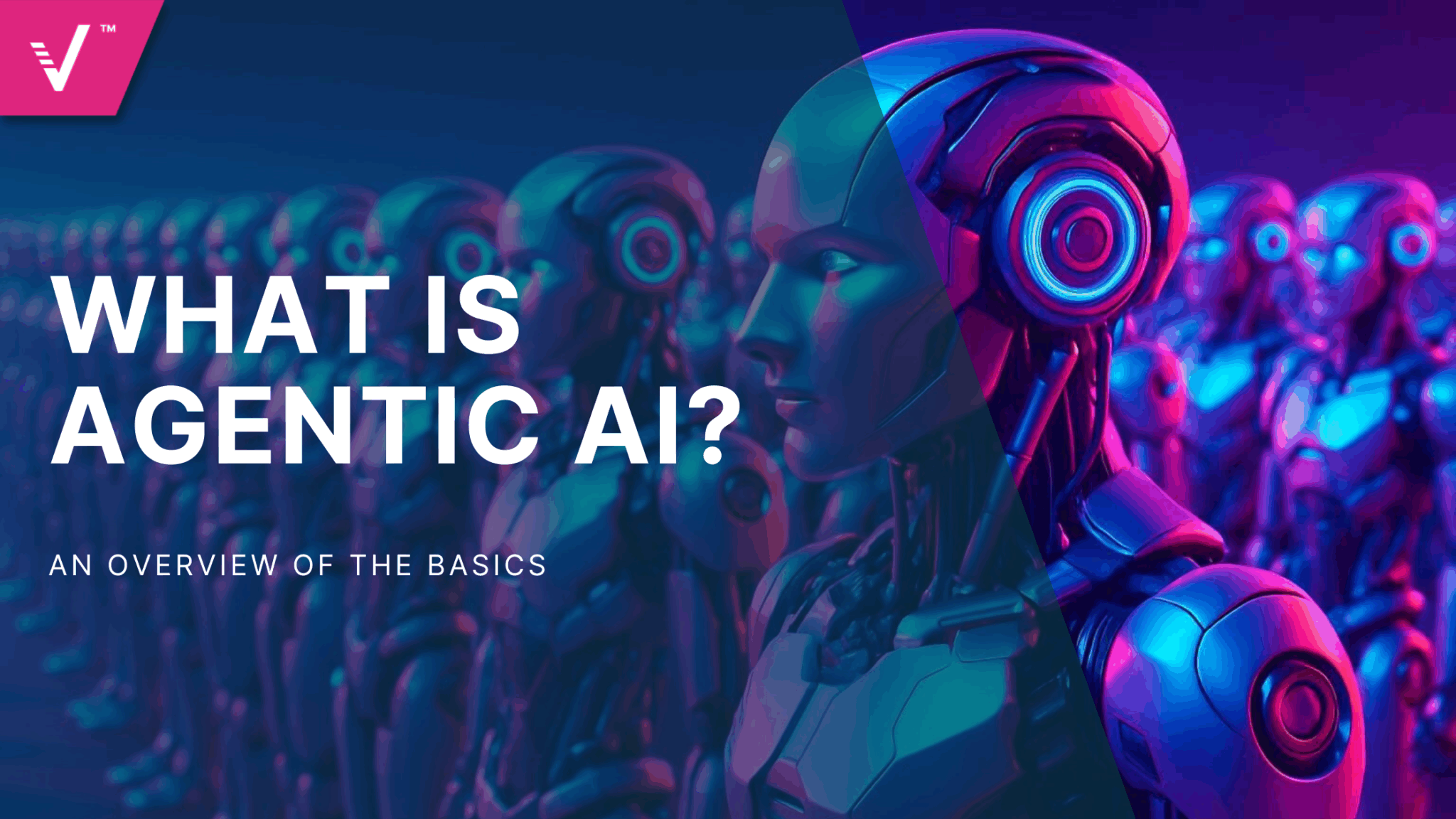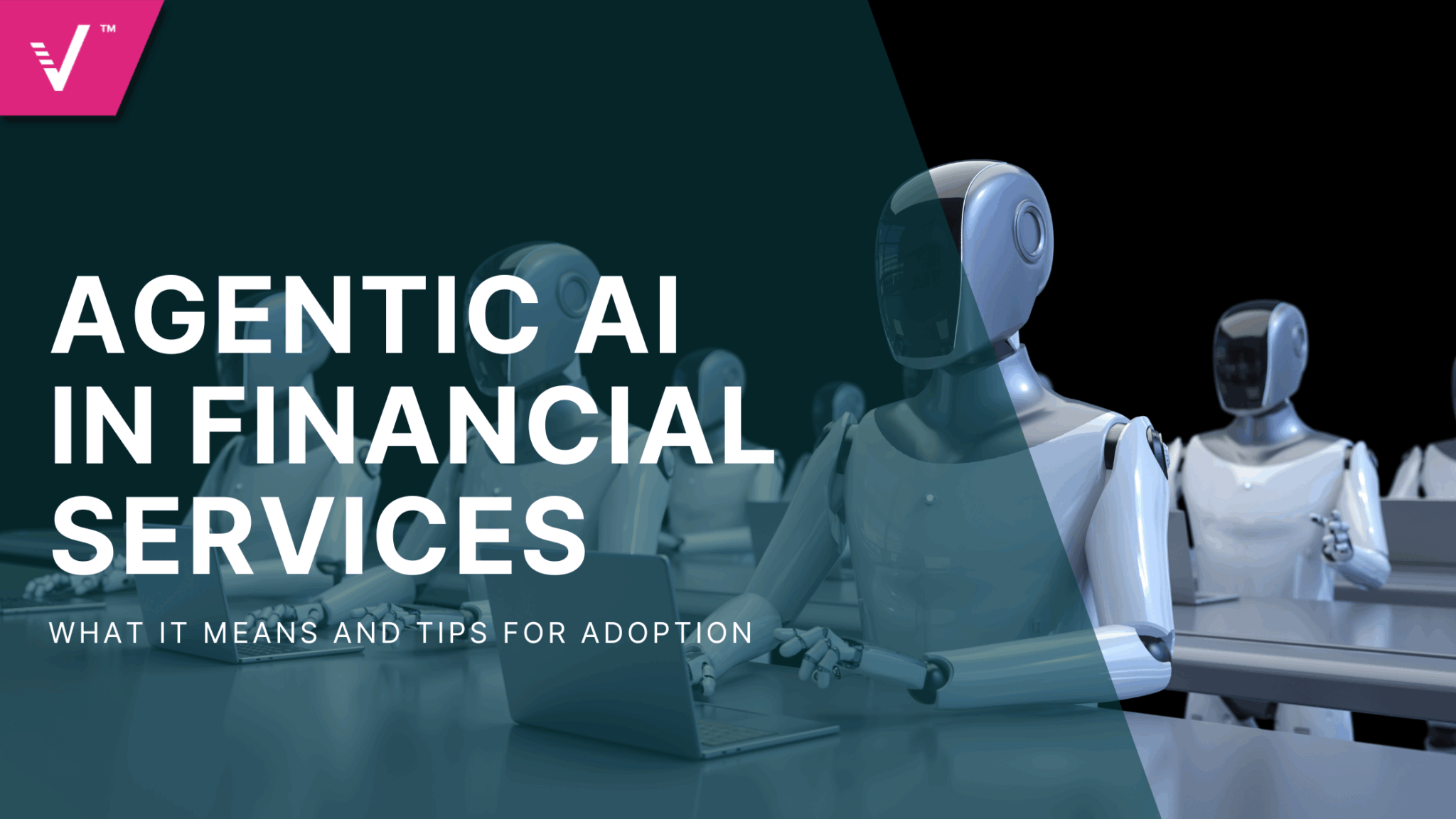The EU AI Act: Understanding Model Risk Management Compliance

For model risk management (MRM) teams, the European Commission’s EU AI Act — the first legal framework designed for artificial intelligence (AI) — presents a series of challenges and opportunities. The regulation sets clear requirements and obligations for AI developers and deployers, focusing on AI specific applications. As financial institutions look to implement AI and generative AI models, complying with the EU AI Act will be key to these projects’ success.
The EU AI Act aims to boost adoption, investment, and innovation of AI across the EU, and potentially paves the way for future AI regulations worldwide. The act ensures that AI systems respect fundamental rights and safety standards while addressing the risks posed by powerful and impactful AI models.
Given its scope and significance, it’s essential for MRM teams to understand how the EU AI Act operates to ensure proper compliance and maximize its potential benefits while continuing to push innovation within their companies.
The Importance of the EU AI Act
The EU AI Act introduces several key elements, such as a risk-based approach, compliance requirements for high-risk AI systems, governance and enforcement structures, and future-proof legislation.
The act emphasizes the importance of identifying, assessing, and minimizing risks at all levels of AI systems. It’s not just about compliance — it’s also about ensuring users know when and how they’re interacting with AI and that AI-generated content is clearly labeled.
Strict rules are in place to enforce these transparency requirements, especially for high-risk AI systems — supported by governance structures at both the European and national levels. But compliance doesn’t end once a system is deployed, as ongoing monitoring and reporting are essential to keep everything on track.
The EU AI Act is about respecting fundamental rights and safety standards. The legislation is designed to evolve with technological advancements, meaning AI systems must continuously meet these standards as they develop. This future-proofing approach is all about maintaining trustworthiness over time through ongoing quality and risk management.
Learn more about the EU AI Act | How Banks Can Innovate with the EU AI Act
MRM Compliance with the EU AI Act
To comply with the EU AI Act, MRM teams should focus on key areas like risk management, data governance and security, transparent documentation, human oversight, legal compliance, and team training.
Risk Management and Assessment
Effective risk management is crucial for the safe and reliable deployment of AI systems. Regular assessments help identify potential risk and implement effective mitigation strategies.
MRM teams should create a risk management framework tailored to the unique challenges of AI applications, and keep it updated to stay aligned with evolving technologies and emerging threats. A proactive approach to risk management will help safeguard AI systems and ensure they operate securely and efficiently.
Data Governance, Security, and Human Oversight
When it comes to compliance, using high-quality, representative, and unbiased data for training and testing AI models is key. Good data governance practices are essential for maintaining data integrity and traceability throughout the AI lifecycle.
It’s also critical to establish clear protocols for human oversight, ensuring AI systems are properly monitored and that interventions can be made when necessary. Clearly defining responsibilities for those overseeing these systems is crucial for accountability.
To keep AI systems robust and accurate, regular testing and validation are necessary. Strengthening cybersecurity measures to protect against potential attacks or data breaches is equally important. Regular reviews and updates of these protocols are crucial to staying ahead of emerging threats and preserving system integrity.
Read up on another regulation | Understanding NIST: What all Model Risk Management (MRM) Teams Should Know
Documentation, Transparency, Compliance, and Team Training
Thorough documentation and transparency are additional aspects of complying with AI regulations. Documentation should cover all aspects of AI models, from design and development to deployment and monitoring, while clearly communicating the systems’ capabilities, limitations, and intended uses.
It’s important to align AI development and deployment with proper guidelines and legal requirements, staying informed about updates to the EU AI Act and other relevant regulations. This ensures that AI systems operate within legal boundaries and adhere to company standards, minimizing the risk of non-compliance and fostering trust in AI technologies.
Training employees on AI risk management and regulatory compliance is another vital factor to fostering a culture of awareness and responsibility within the organization. Ongoing training keeps the team informed, ensuring they can effectively contribute to compliance and organizational goals.
Conclusion
The EU AI Act is a major step forward in regulating artificial intelligence and sets a global precedent for future AI legislation. By focusing on the above aspects, organizations can align with the EU AI Act and ensure their AI systems are secure, trustworthy, and future-proof. Embracing these strategies will help MRM teams navigate the evolving AI landscape successfully while maintaining high standards of integrity and innovation.


